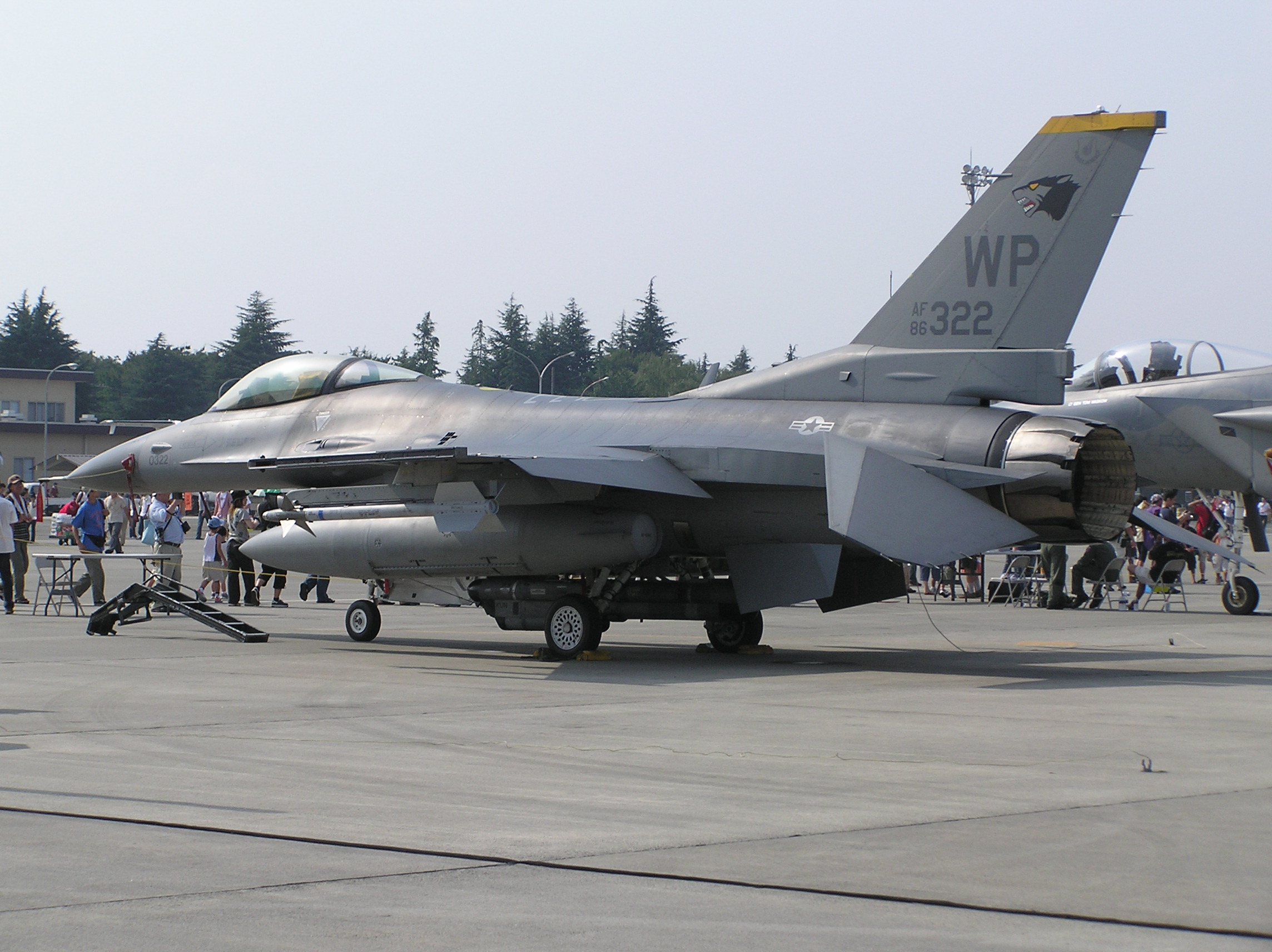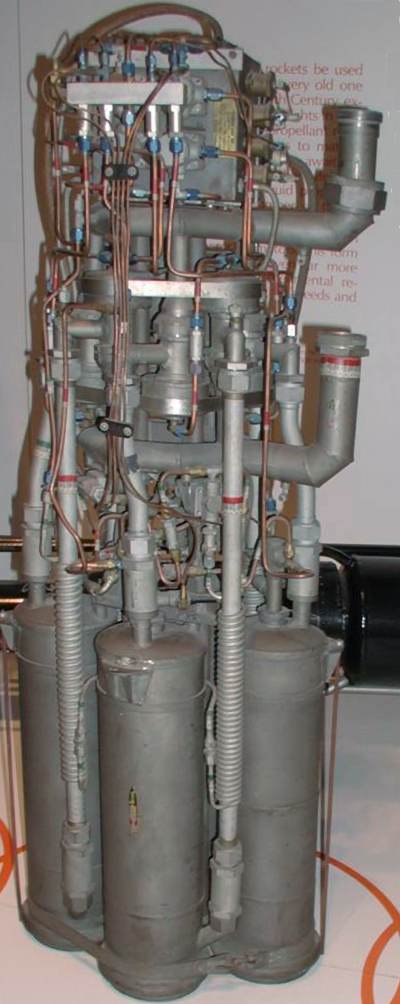|
Stabilator
A stabilator is a fully movable aircraft horizontal stabilizer. It serves the usual functions of longitudinal stability, control and stick force requirements otherwise performed by the separate parts of a conventional horizontal stabilizer and elevator. Apart from reduced drag, particularly at high Mach numbers, it is a useful device for changing the aircraft balance within wide limits, and for reducing stick forces. Stabilator is a portmanteau of ''stabilizer'' and ''elevator''. It is also known as an all-moving tailplane, all-movable tail(plane), all-moving stabilizer, all-flying tail(plane), all-flying horizontal tail, full-flying stabilizer, and slab tailplane. General aviation Because it involves a moving balanced surface, a stabilator can allow the pilot to generate a given pitching moment with a lower control force. Due to the high forces involved in tail balancing loads, stabilators are designed to pivot about their aerodynamic center (near the tail's mean quarter-cho ... [...More Info...] [...Related Items...] OR: [Wikipedia] [Google] [Baidu] |
Stabilizer (aircraft)
An aircraft stabilizer is an aerodynamic surface, typically including one or more movable control surfaces, that provides longitudinal (pitch) and/or directional (yaw) stability and control. A stabilizer can feature a fixed or adjustable structure on which any movable control surfaces are hinged, or it can itself be a fully movable surface such as a stabilator. Depending on the context, "stabilizer" may sometimes describe only the front part of the overall surface. In the conventional aircraft configuration, separate vertical (fin) and horizontal ( tailplane) stabilizers form an empennage positioned at the tail of the aircraft. Other arrangements of the empennage, such as the V-tail configuration, feature stabilizers which contribute to a combination of longitudinal and directional stabilization and control. Longitudinal stability and control may be obtained with other wing configurations, including canard, tandem wing and tailless aircraft. Some types of aircraft are st ... [...More Info...] [...Related Items...] OR: [Wikipedia] [Google] [Baidu] |
North American F-86 Sabre
The North American F-86 Sabre, sometimes called the Sabrejet, is a transonic jet fighter aircraft. Produced by North American Aviation, the Sabre is best known as the United States' first swept-wing fighter that could counter the swept-wing Soviet MiG-15 in high-speed dogfights in the skies of the Korean War (1950–1953), fighting some of the earliest jet-to-jet battles in history. Considered one of the best and most important fighter aircraft in that war, the F-86 is also rated highly in comparison with fighters of other eras. Although it was developed in the late 1940s and was outdated by the end of the 1950s, the Sabre proved versatile and adaptable and continued as a front-line fighter in numerous air forces. Its success led to an extended production run of more than 7,800 aircraft between 1949 and 1956, in the United States, Japan, and Italy. In addition, 738 carrier-modified versions were purchased by the US Navy as FJ-2s and -3s. Variants were built in Canada and A ... [...More Info...] [...Related Items...] OR: [Wikipedia] [Google] [Baidu] |
Horizontal Stabilizer
A tailplane, also known as a horizontal stabiliser, is a small lifting surface located on the tail (empennage) behind the main lifting surfaces of a fixed-wing aircraft as well as other non-fixed-wing aircraft such as helicopters and gyroplanes. Not all fixed-wing aircraft have tailplanes. Canards, tailless and flying wing aircraft have no separate tailplane, while in V-tail aircraft the vertical stabiliser, rudder, and the tail-plane and elevator are combined to form two diagonal surfaces in a V layout. The function of the tailplane is to provide stability and control. In particular, the tailplane helps adjust for changes in position of the centre of pressure or centre of gravity caused by changes in speed and attitude, fuel consumption, or dropping cargo or payload. Tailplane types The tailplane comprises the tail-mounted fixed horizontal stabiliser and movable elevator. Besides its planform, it is characterised by: *Number of tailplanes - from 0 ( tailless or canard) t ... [...More Info...] [...Related Items...] OR: [Wikipedia] [Google] [Baidu] |
Boeing B-52 Stratofortress
The Boeing B-52 Stratofortress is an American long-range, subsonic aircraft, subsonic, jet-powered strategic bomber. The B-52 was designed and built by Boeing, which has continued to provide support and upgrades. It has been operated by the United States Air Force (USAF) since the 1950s. The bomber is capable of carrying up to 70,000 pounds (32,000 kg) of weapons,"Fact Sheet: B-52 Superfortress." ''Minot Air Force Base'', United States Air Force, October 2005. Retrieved: 12 January 2009. and has a typical Range (aeronautics), combat range of around 8,800 miles (14,080 km) without aerial refueling. Beginning with the successful contract bid in June 1946, the B-52 design evolved from a straight wing aircraft powered by six turboprop engines to the fi ... [...More Info...] [...Related Items...] OR: [Wikipedia] [Google] [Baidu] |
Tailplane
A tailplane, also known as a horizontal stabiliser, is a small lifting surface located on the tail (empennage) behind the main lifting surfaces of a fixed-wing aircraft as well as other non-fixed-wing aircraft such as helicopters and gyroplanes. Not all fixed-wing aircraft have tailplanes. Canards, tailless and flying wing aircraft have no separate tailplane, while in V-tail aircraft the vertical stabiliser, rudder, and the tail-plane and elevator are combined to form two diagonal surfaces in a V layout. The function of the tailplane is to provide stability and control. In particular, the tailplane helps adjust for changes in position of the centre of pressure or centre of gravity caused by changes in speed and attitude, fuel consumption, or dropping cargo or payload. Tailplane types The tailplane comprises the tail-mounted fixed horizontal stabiliser and movable elevator. Besides its planform, it is characterised by: *Number of tailplanes - from 0 ( tailless or canard) ... [...More Info...] [...Related Items...] OR: [Wikipedia] [Google] [Baidu] |
Bell X-1
The Bell X-1 (Bell Model 44) is a rocket engine–powered aircraft, designated originally as the XS-1, and was a joint National Advisory Committee for Aeronautics–U.S. Army Air Forces– U.S. Air Force supersonic research project built by Bell Aircraft. Conceived during 1944 and designed and built in 1945, it achieved a speed of nearly in 1948. A derivative of this same design, the Bell X-1A, having greater fuel capacity and hence longer rocket burning time, exceeded in 1954. The X-1 aircraft #46-062, nicknamed ''Glamorous Glennis'' and piloted by Chuck Yeager, was the first manned airplane to exceed the speed of sound in level flight and was the first of the X-planes, a series of American experimental rocket planes (and non-rocket planes) designed for testing new technologies. Design and development Parallel development In 1942, the United Kingdom's Ministry of Aviation began a top secret project with Miles Aircraft to develop the world's first aircraft capable ... [...More Info...] [...Related Items...] OR: [Wikipedia] [Google] [Baidu] |
Servo Tab
__NOTOC__ A servo tab is a small hinged device installed on an aircraft control surface to assist the movement of the control surfaces. Introduced by the German firm Flettner, servo tabs were formerly known as Flettner tabs. Servo tabs are not true servomechanisms, as they do not employ negative feedback to keep the control surfaces in a desired position; they only provide a mechanical advantage to the pilot. Servo tabs A servo tab, or balance tab, moves in the direction opposite to the desired movement of the control surface. It deflects airflow, generating force on the whole control surface in the desired direction. The tab has a leverage advantage, being located well aft of the control surface hinge line, and thus its airflow deflection moves the control surface in the opposite direction, overcoming the resistance generated by the airflow deflection of the control surface. This has the effect of reducing the control force required from the pilot to move the controls. In so ... [...More Info...] [...Related Items...] OR: [Wikipedia] [Google] [Baidu] |
Delta-wing
A delta wing is a wing shaped in the form of a triangle. It is named for its similarity in shape to the Greek uppercase letter delta (Δ). Although long studied, it did not find significant applications until the Jet Age, when it proved suitable for high-speed subsonic and supersonic flight. At the other end of the speed scale, the Rogallo flexible wing proved a practical design for the hang glider and other ultralight aircraft. The delta wing form has unique aerodynamic characteristics and structural advantages. Many design variations have evolved over the years, with and without additional stabilising surfaces. General characteristics Structure The long root chord of the delta wing and minimal structure outboard make it structurally efficient. It can be built stronger, stiffer and at the same time lighter than a swept wing of equivalent lifting capability. Because of this it is easy and relatively inexpensive to build – a substantial factor in the success of the MiG- ... [...More Info...] [...Related Items...] OR: [Wikipedia] [Google] [Baidu] |
Pitch (flight)
An aircraft in flight is free to rotate in three dimensions: '' yaw'', nose left or right about an axis running up and down; ''pitch'', nose up or down about an axis running from wing to wing; and ''roll'', rotation about an axis running from nose to tail. The axes are alternatively designated as ''vertical'', ''lateral'' (or ''transverse''), and ''longitudinal'' respectively. These axes move with the vehicle and rotate relative to the Earth along with the craft. These definitions were analogously applied to spacecraft when the first manned spacecraft were designed in the late 1950s. These rotations are produced by torques (or moments) about the principal axes. On an aircraft, these are intentionally produced by means of moving control surfaces, which vary the distribution of the net aerodynamic force about the vehicle's center of gravity. Elevators (moving flaps on the horizontal tail) produce pitch, a rudder on the vertical tail produces yaw, and ailerons (flaps on the wings ... [...More Info...] [...Related Items...] OR: [Wikipedia] [Google] [Baidu] |
Combat Aircraft
A military aircraft is any fixed-wing or rotary-wing aircraft that is operated by a legal or insurrectionary armed service of any type. Military aircraft can be either combat or non-combat: * Combat aircraft are designed to destroy enemy equipment or personnel using their own aircraft ordnance. Combat aircraft are typically developed and procured only by military forces. * Non-combat aircraft are not designed for combat as their primary function, but may carry weapons for self-defense. These mainly operate in support roles, and may be developed by either military forces or civilian organizations. History Lighter-than-air In 1783, when the first practical aircraft (hot-air and hydrogen balloons) were established, they were quickly adopted for military duties. The first military balloon unit was the French Aerostatic Corps, who in 1794 flew an observation balloon during the Battle of Fleurus, the first major battle to feature aerial observation. Balloons continued to be ... [...More Info...] [...Related Items...] OR: [Wikipedia] [Google] [Baidu] |
Miles M
The mile, sometimes the international mile or statute mile to distinguish it from other miles, is a British imperial unit and United States customary unit of distance; both are based on the older English unit of length equal to 5,280 English feet, or 1,760 yards. The statute mile was standardised between the British Commonwealth and the United States by an international agreement in 1959, when it was formally redefined with respect to SI units as exactly . With qualifiers, ''mile'' is also used to describe or translate a wide range of units derived from or roughly equivalent to the Roman mile, such as the nautical mile (now exactly), the Italian mile (roughly ), and the Chinese mile (now exactly). The Romans divided their mile into 5,000 Roman feet but the greater importance of furlongs in Elizabethan-era England meant that the statute mile was made equivalent to or in 1593. This form of the mile then spread across the British Empire, some successor states of wh ... [...More Info...] [...Related Items...] OR: [Wikipedia] [Google] [Baidu] |





.jpg)